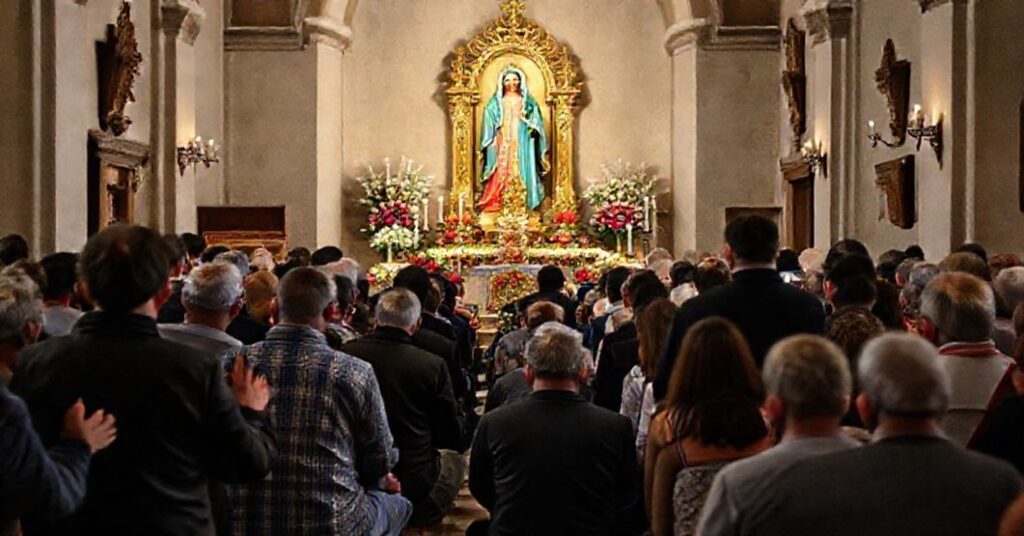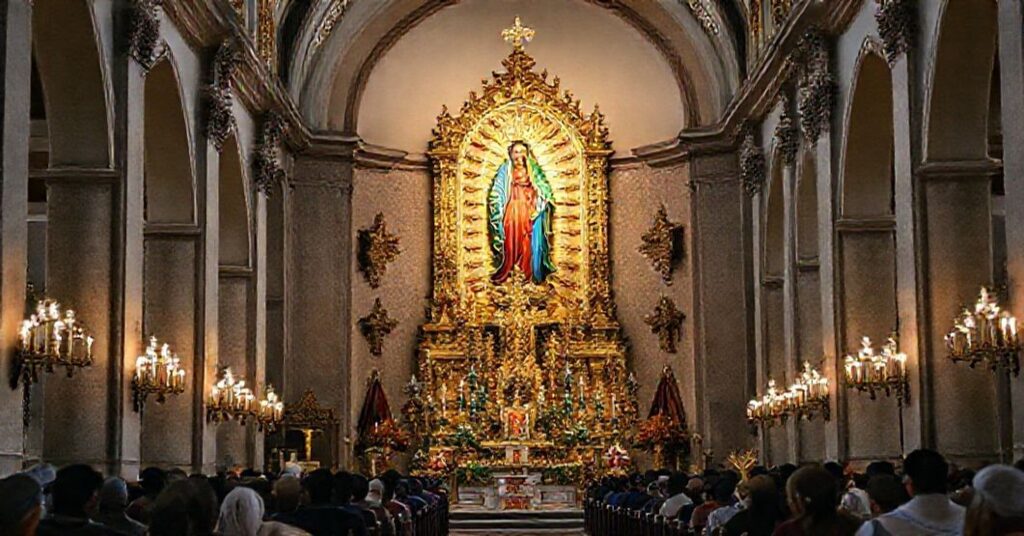Potiora inter (1959.05.23)
The document under consideration is an apostolic letter of John XXIII, dated 23 May 1959, entitled “Potiora inter,” by which he declares the image of the Blessed Virgin Mary venerated as “Nuestra Señora de El Soto” at Iruz to be solemnly crowned and confirms/constitutes her as principal heavenly Patroness of the region of Toranzo (thirty localities in the Diocese of Santander). The text exalts the Marian shrine’s antiquity, its association with the Franciscan and then Discalced Carmelite communities, recounts its desecration during the Spanish Civil War and subsequent restoration, and then, appealing to local devotion, grants liturgical patronal status and authorizes a canonical coronation carried out in his name by the local ordinary.










